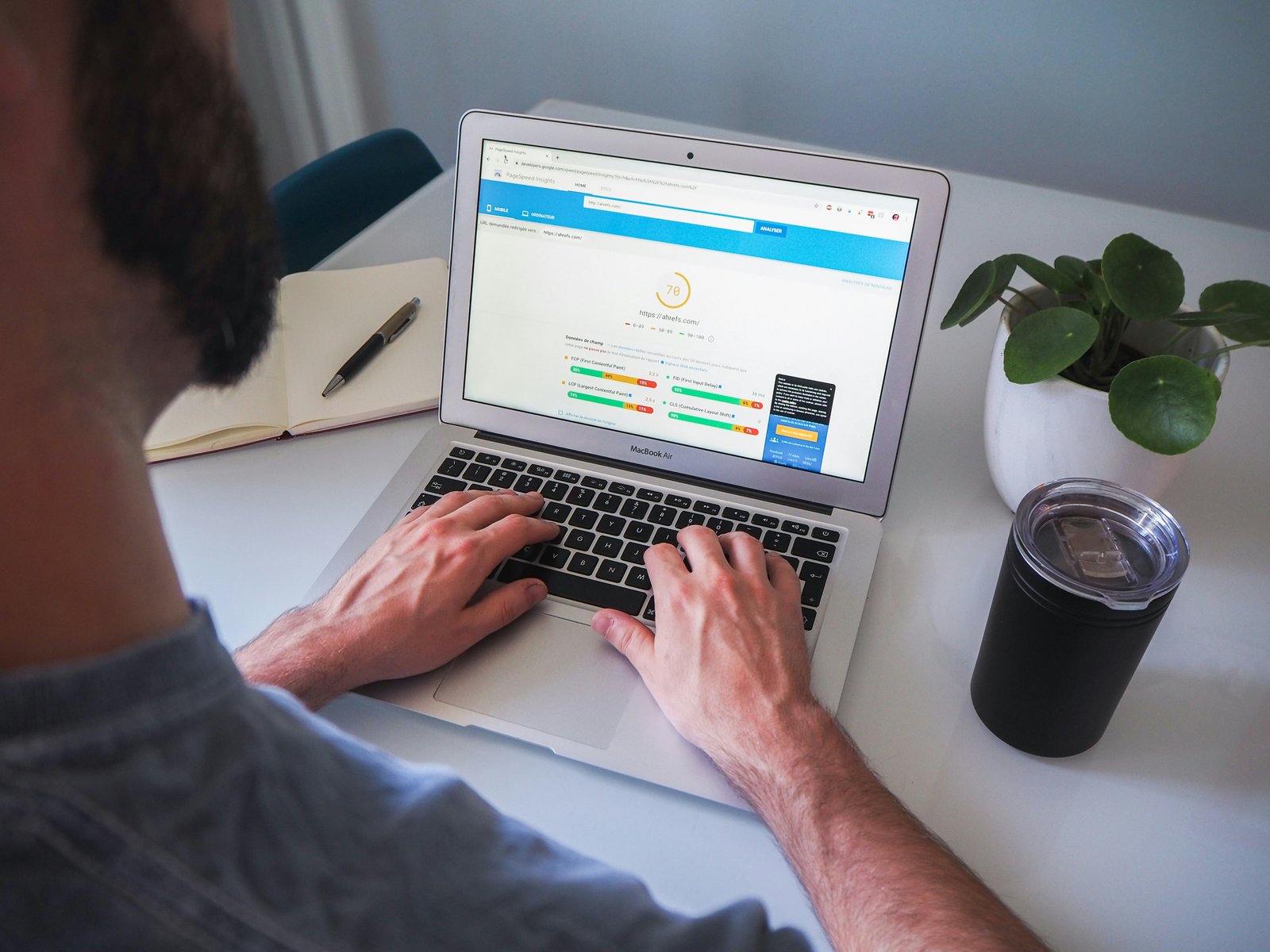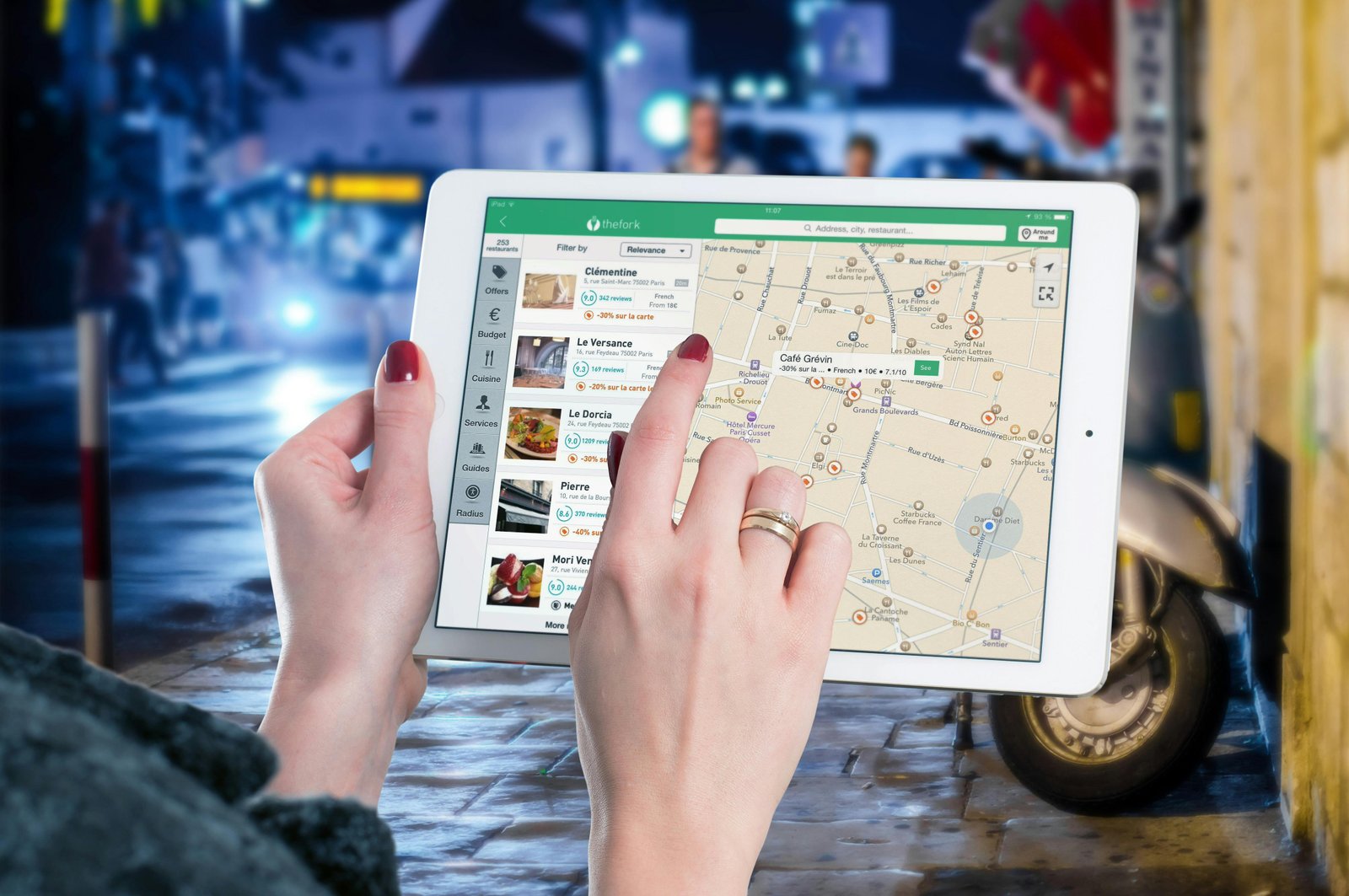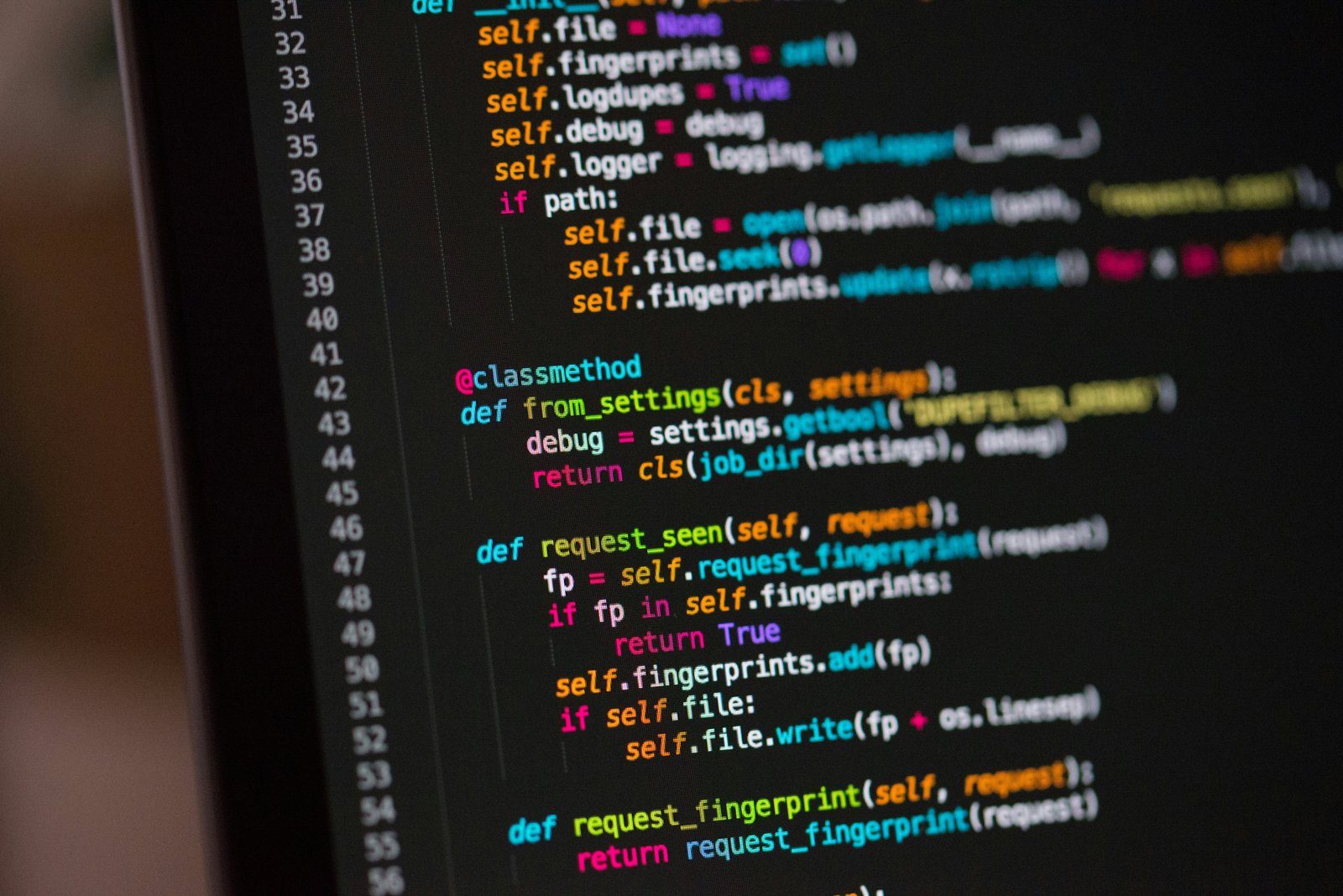
Pressure Converter: Your Ultimate Guide to Effortless Unit Conversion
Mastering Pressure Conversions: A Comprehensive Guide
Pressure Converter: Your Ultimate Guide to Effortless Unit Conversion
Introduction
Pressure, a fundamental concept in physics and engineering, is the force applied perpendicularly to the surface of an object per unit area. Understanding and converting between different pressure units is crucial across various fields, from tire pressure checks to complex industrial processes. Our free online Pressure Converter tool simplifies this process, providing quick and accurate conversions between a wide range of pressure units. Whether you’re a student, a scientist, an engineer, or simply need to convert pressure units for a household task, this tool offers a seamless and efficient solution. This comprehensive guide will walk you through the tool’s functionalities, benefits, and comparisons with other conversion methods, equipping you with the knowledge to confidently navigate the world of pressure units.
Who is this tool for?
This Pressure Converter is designed for a broad audience, catering to anyone who needs to convert pressure units. Its versatility makes it invaluable for:
- Students studying physics, chemistry, or engineering
- Scientists and researchers working with pressure measurements
- Engineers designing and operating pressure systems
- Technicians performing maintenance and troubleshooting
- DIY enthusiasts working on home projects involving pressure
- Anyone needing to quickly convert pressure units for any purpose
How to Use the Tool
Using the Pressure Converter is straightforward and intuitive:
- Select the initial pressure unit: Choose from a comprehensive list of units, including PSI, kPa, bar, atm, and more.
- Enter the pressure value: Input the numerical value of the pressure you want to convert.
- Select the target pressure unit: Choose the unit you wish to convert to.
- Click "Convert": The tool will instantly display the converted pressure value.
Benefits and Features
Our Pressure Converter offers several advantages:
- Accuracy: The tool employs precise conversion factors ensuring accurate results.
- Speed: Conversions are performed instantaneously, saving you valuable time.
- Ease of Use: The intuitive interface makes it simple for anyone to use, regardless of technical expertise.
- Versatility: Supports a wide range of pressure units, covering various applications.
- Accessibility: Available online for free, accessible from any device with an internet connection.
Comparison with Alternative Methods
While manual calculations or conversion charts can be used, our online tool offers significant advantages. Manual calculations can be time-consuming and prone to errors, especially with complex conversions. Conversion charts, though helpful, may not cover all required units and lack the precision of a digital tool. Our Pressure Converter eliminates these drawbacks, providing a faster, more accurate, and more convenient solution.
Frequently Asked Questions (FAQ)
Q1: What is the difference between PSI and kPa?
A1: PSI (pounds per square inch) is an imperial unit, while kPa (kilopascals) is a metric unit. 1 PSI is approximately equal to 6.895 kPa.
Q2: What is atmospheric pressure?
A2: Atmospheric pressure is the pressure exerted by the weight of the Earth's atmosphere. It is approximately 101.325 kPa or 14.696 PSI at sea level.
Q3: Can I use this tool for converting negative pressure values?
A3: Yes, the tool can handle negative pressure values, representing pressures below atmospheric pressure (vacuum).
Q4: How often are the conversion factors updated?
A4: The conversion factors are based on established standards and are regularly reviewed and updated to ensure accuracy.
Conclusion
Our Pressure Converter provides a powerful and convenient solution for all your pressure conversion needs. Its accuracy, speed, and ease of use make it an invaluable tool for various applications. By offering a seamless conversion experience, it empowers users to confidently work with different pressure units, simplifying tasks and enhancing productivity.








.jpg)




